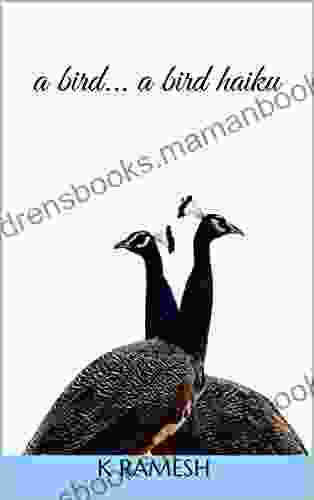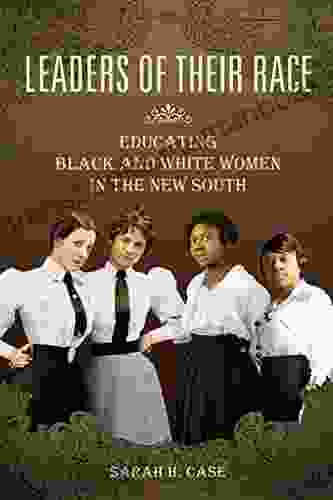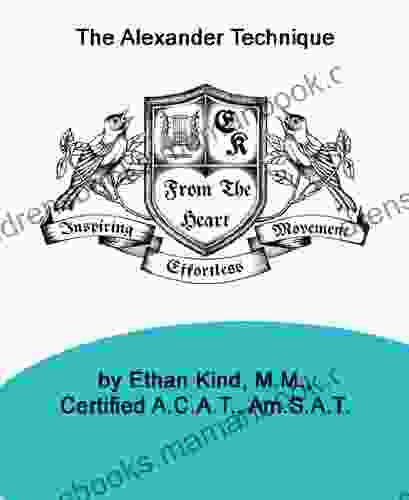Bird Bird Haiku: A Comprehensive Guide to the Japanese Art Form

5 out of 5
| Language | : | English |
| File size | : | 10063 KB |
| Print length | : | 320 pages |
| Lending | : | Enabled |
In the realm of Japanese poetry, the Bird Bird Haiku stands as a timeless art form, captivating readers with its brevity, simplicity, and profound connection to nature. Originating centuries ago, this traditional verse has become a beloved medium for expressing emotions, capturing moments, and exploring the interconnectedness of all things.
In this comprehensive guide, we will embark on a journey into the world of Bird Bird Haiku. We will delve into its history, explore its structure, and uncover the techniques that make this poetic form so evocative and enduring. Whether you are an aspiring writer, a curious reader, or simply seeking a deeper understanding of Japanese culture, this guide will provide you with the insights and inspiration to fully appreciate the beauty and significance of Bird Bird Haiku.
Origins and History
The origins of Bird Bird Haiku can be traced back to the 17th century, during the Edo period of Japan. During this time of relative peace and prosperity, a new literary genre emerged, known as haikai no renga. These collaborative poems were composed of alternating three-line and two-line stanzas, with the three-line stanzas being referred to as hokku.
Over time, the hokku gained popularity as an independent poetic form, known simply as haiku. The term "Bird Bird" was added later to distinguish this specific type of haiku from other variations. Bird Bird Haiku typically focus on the natural world, capturing a fleeting moment or observation with vivid imagery and a touch of surprise.
Famous Bird Bird Haiku poets include Matsuo Bashō, Yosa Buson, and Kobayashi Issa. These masters of the form crafted haikus that have become timeless classics, admired for their simplicity, depth, and evocative power.
Structure and Form
The Bird Bird Haiku is a highly structured poetic form, consisting of three unrhymed lines with a specific syllable count:
- Line 1: 5 syllables
- Line 2: 7 syllables
- Line 3: 5 syllables
This 5-7-5 pattern gives haikus their distinctive rhythm and cadence. The lines often form a complete thought or image, but they can also be juxtaposed to create unexpected connections and deeper meanings.
Key Elements of Bird Bird Haiku
Beyond their structure, Bird Bird Haiku are characterized by several key elements that contribute to their unique charm and significance:
Kireji (Cutting Word)
A kireji is a word or phrase that creates a pause or break within the haiku. It often appears at the end of a line, signaling a shift in perspective or a moment of reflection. Kireji can be as simple as a comma, or they can be more complex words or phrases that evoke a sense of surprise, contrast, or emotional impact.
Kigo (Seasonal Reference)
Kigo are words or phrases that indicate the season in which the haiku is set. They are an essential element of Bird Bird Haiku, as they help to ground the poem in the natural world and create a sense of time and place. Kigo can be specific references to months, holidays, or natural phenomena, such as cherry blossoms in spring or the sound of cicadas in summer.
Juxtaposition
Juxtaposition is a technique used in Bird Bird Haiku to create unexpected connections and deeper meanings. Poets often place two seemingly unrelated images or ideas side by side to evoke surprise, contrast, or a sense of harmony. Juxtaposition can be used to explore the interconnectedness of all things, as well as the ephemeral nature of life.
Writing Your Own Bird Bird Haiku
While Bird Bird Haiku may seem simple in structure, writing effective haikus that capture the essence of the art form can be a challenging yet rewarding endeavor. Here are some tips to help you craft your own beautiful and meaningful haikus:
1. Start with Observation
The first step in writing a haiku is to make a keen observation of the natural world. Pay attention to the details of your surroundings, both big and small. Notice the colors, shapes, sounds, and textures that make up your environment. What emotions or thoughts do these observations evoke within you?
2. Use Vivid Imagery
Once you have made your observation, use vivid and specific language to create a clear picture for your reader. Avoid generic or abstract words; instead, choose concrete words that will allow your reader to experience the moment with you. Sensory details are particularly powerful in haikus.
3. Consider Kireji and Kigo
Incorporate a kireji and a kigo into your haiku. The kireji will create a pause or break in the poem, while the kigo will help to ground it in the natural world. These elements will add depth and authenticity to your haiku.
4. Experiment with Juxtaposition
Experiment with juxtaposition to create unexpected connections and deeper meanings. Try placing two seemingly unrelated images or ideas side by side to see what kind of sparks you can generate. Juxtaposition can be a powerful tool for exploring themes such as the interconnectedness of all things and the impermanence of life.
5. Practice Regularly
As with any writing skill, writing haikus takes practice. The more you practice, the better you will become at capturing the essence of the form. Don't be afraid to experiment, make mistakes, and refine your work.
Example Bird Bird Haiku
Old pond—
A frog jumps in,
The sound of water.
As I was getting
Ready for bed, a frog
Hopped into my sock.
5 out of 5
| Language | : | English |
| File size | : | 10063 KB |
| Print length | : | 320 pages |
| Lending | : | Enabled |
Do you want to contribute by writing guest posts on this blog?
Please contact us and send us a resume of previous articles that you have written.
 Top Book
Top Book Novel
Novel Fiction
Fiction Nonfiction
Nonfiction Literature
Literature Paperback
Paperback Hardcover
Hardcover E-book
E-book Audiobook
Audiobook Bestseller
Bestseller Classic
Classic Mystery
Mystery Thriller
Thriller Romance
Romance Fantasy
Fantasy Science Fiction
Science Fiction Biography
Biography Memoir
Memoir Autobiography
Autobiography Poetry
Poetry Drama
Drama Historical Fiction
Historical Fiction Self-help
Self-help Young Adult
Young Adult Childrens Books
Childrens Books Graphic Novel
Graphic Novel Anthology
Anthology Series
Series Encyclopedia
Encyclopedia Reference
Reference Guidebook
Guidebook Textbook
Textbook Workbook
Workbook Journal
Journal Diary
Diary Manuscript
Manuscript Folio
Folio Pulp Fiction
Pulp Fiction Short Stories
Short Stories Fairy Tales
Fairy Tales Fables
Fables Mythology
Mythology Philosophy
Philosophy Religion
Religion Spirituality
Spirituality Essays
Essays Critique
Critique Commentary
Commentary Glossary
Glossary Bibliography
Bibliography Index
Index Table of Contents
Table of Contents Preface
Preface Introduction
Introduction Foreword
Foreword Afterword
Afterword Appendices
Appendices Annotations
Annotations Footnotes
Footnotes Epilogue
Epilogue Prologue
Prologue Joseph C Gioconda
Joseph C Gioconda Laila Lalami
Laila Lalami Heather Hayden
Heather Hayden William G Brozo
William G Brozo Shannon Hale
Shannon Hale Anne Marie Meyer
Anne Marie Meyer H M Gooden
H M Gooden Alison Edwards
Alison Edwards Greg Ip
Greg Ip Honora Wall
Honora Wall Julie Naismith
Julie Naismith Melissa Caruso
Melissa Caruso Thomas Meyer
Thomas Meyer Antonio Mira De Amescua
Antonio Mira De Amescua Craig Seidelson
Craig Seidelson Jade Rivera
Jade Rivera Francessca Bella
Francessca Bella Mark Bray
Mark Bray Renata Sterling
Renata Sterling Matthew K Burns
Matthew K Burns
Light bulbAdvertise smarter! Our strategic ad space ensures maximum exposure. Reserve your spot today!
 Charlie ScottFollow ·19.6k
Charlie ScottFollow ·19.6k Geoffrey BlairFollow ·8.3k
Geoffrey BlairFollow ·8.3k Gabriel MistralFollow ·15.2k
Gabriel MistralFollow ·15.2k Carson BlairFollow ·17.9k
Carson BlairFollow ·17.9k Herman MelvilleFollow ·11.6k
Herman MelvilleFollow ·11.6k Henry GreenFollow ·11.9k
Henry GreenFollow ·11.9k Albert CamusFollow ·15.1k
Albert CamusFollow ·15.1k David MitchellFollow ·17.1k
David MitchellFollow ·17.1k
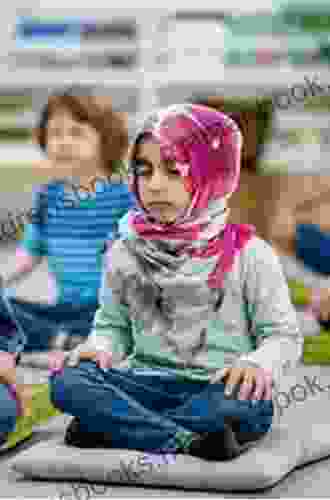
 Tom Clancy
Tom ClancyReading Wellness: Lessons in Independence and Proficiency
Reading is a fundamental skill that can...
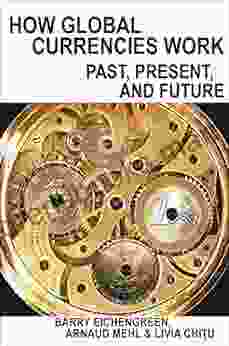
 Brody Powell
Brody PowellHow Global Currencies Work: A Comprehensive Guide to...
Overview of...
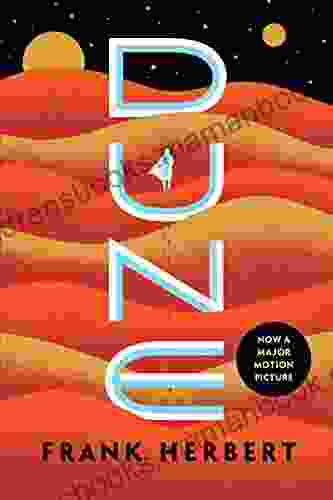
 Dwight Bell
Dwight BellDune by Frank Herbert: An Epic Space Opera That Explores...
Dune by Frank...

 Ronald Simmons
Ronald SimmonsAn Anthology of Early Plays (1858-1938): A Journey into...
: Uncovering...

 Dominic Simmons
Dominic SimmonsCulture in the Ancient World: A Comprehensive Exploration...
Culture is a complex and multifaceted concept...
5 out of 5
| Language | : | English |
| File size | : | 10063 KB |
| Print length | : | 320 pages |
| Lending | : | Enabled |


